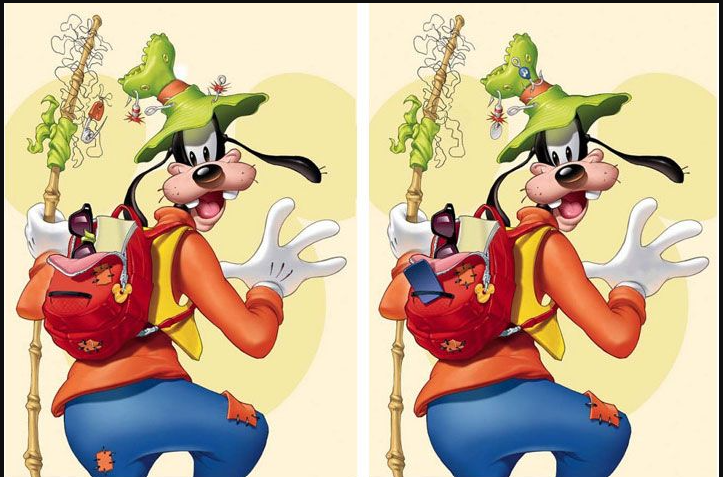An optical illusion is a visual phenomenon where our perception of an object or scene differs from reality. These illusions can trick our brains into seeing things that aren’t there or perceiving things differently than they actually are.

They often occur due to the way our brains interpret visual information, such as how we perceive depth, color, size, motion, or patterns. Optical illusions can be created intentionally as artistic or entertainment pieces, or they can occur naturally in certain circumstances. They are fascinating because they challenge our understanding of how we see and interpret the world around us.
Achieving the status of the exclusive 5% elite in spotting differences requires honing your observation skills and attention to detail. Spot-the-difference puzzles are a fantastic way to enhance these abilities. Here are some tips to help you master the art of spotting differences:

Practice Regularly: Engage in spot-the-difference puzzles regularly to train your brain. The more you practice, the better you’ll become at quickly identifying variations.
Time Yourself: Challenge yourself with time limits, as it enhances the need for quick and accurate observation. Set realistic time goals and gradually decrease them as you improve.

Compare Side by Side: If possible, have both images visible simultaneously. Directly comparing elements side by side can make differences more apparent.
Relax Your Eyes: Sometimes, taking a moment to relax your eyes before starting can be helpful. This can reduce strain and enhance focus.
Use a Pointer or Pen: Physically pointing to differences with your finger or a pen can help you stay organized and avoid overlooking details.

Remember, becoming part of the exclusive 5% elite in spotting differences is an ongoing process that requires patience and consistent effort. Enjoy the challenge and celebrate your progress along the way!
















